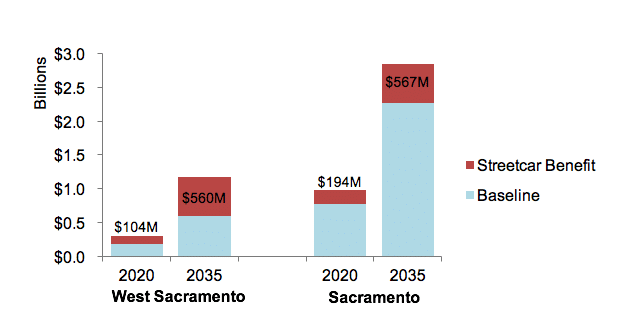FISCAL AND ECONOMIC IMPACT ANALYSES
FREMONT NUMMI SITE REUSE + REVITALIZATION STUDIES
Client: City of Fremont
Location: Fremont, California
The April 2010 closure of New United Motor Manufacturing’s “NUMMI” automobile plant in Fremont, California resulted in the loss of 4,700 jobs and dealt a blow to the economy of Fremont, the Bay Area region, and U.S. manufacturing in general. Subsequently, the city obtained a federal grant to examine the future of the vacant 5.4 million square foot plant and the surrounding 879 acres of largely industrial or vacant land. Strategic Economics analyzed economic and market opportunities for the area, examined financing strategies, and conducted economic and fiscal impact analysis of potential land use alternatives. Since the study was completed, the area has transformed into Fremont’s innovation district, home to Tesla, Lam Research, Delta Products, Seagate, Western Digital, ThermoFisher, Boston Scientific and many other high technology and advanced manufacturing businesses.
Work Sample: http://www.fremont.gov/DocumentCenter/Home/View/6696
INSIGHT 2050 RAPIDFIRE FISCAL IMPACT ANALYSIS
Client: Mid-Ohio Regional Planning Commission
Location: Columbus, Ohio Region
Strategic Economics conducted a fiscal impact analysis for Insight2050, a project evaluating the impacts of different growth scenarios in the Columbus Ohio region for the Mid-Ohio Regional Planning Commission (MORPC). Strategic Economics developed a unique methodology to measure the fiscal impact of different growth scenarios in the region, ranging from traditional low-density suburban development to higher-intensity compact development. The fiscal impact analysis quantified the local revenues, infrastructure costs, and operations and maintenance costs associated with each growth scenario. In order to ensure that the results were accurate, Strategic Economics collected inputs specific to the local jurisdictions in the Mid-Ohio region, including data on budgets, real estate markets, and development trends. Throughout the project, Strategic Economics worked closely with Calthorpe Associates, the Client, and key stakeholders, including staff from the region’s cities, counties, and townships, to vet its assumptions and methodology.
DOWNTOWN/RIVERFRONT STREETCAR ECONOMIC BENEFITS STUDY
Client: Sacramento Area Council of Governments
Location: Sacramento Region, CA
Strategic Economics was retained as part of a team led by Fehr and Peers to conduct a detailed analysis of the economic benefits of the Downtown/Riverfront Streetcar, a joint project of the cities of Sacramento and West Sacramento, the Sacramento Area Council of Governments (SACOG), Sacramento Regional Transit and the Yolo County Transportation District. The proposed 3.3mile streetcar will connect the two downtowns, the state capitol, existing and future residential neighborhoods, shops, dining, entertainment venues and visitor destinations, including a planned major sports arena.
The methodology was specifically tailored to assist SACOG staff, City staff, elected officials, the business community, residents and other stakeholders in understanding the range of economic benefits that might be achieved from the Downtown/Riverfront Streetcar project. The analysis projected future development, property values, retail sales, hotel revenue and associated tax revenue with and without the streetcar project.
Projected Value of New Development in 2020 and 2035 (2013 dollars)

